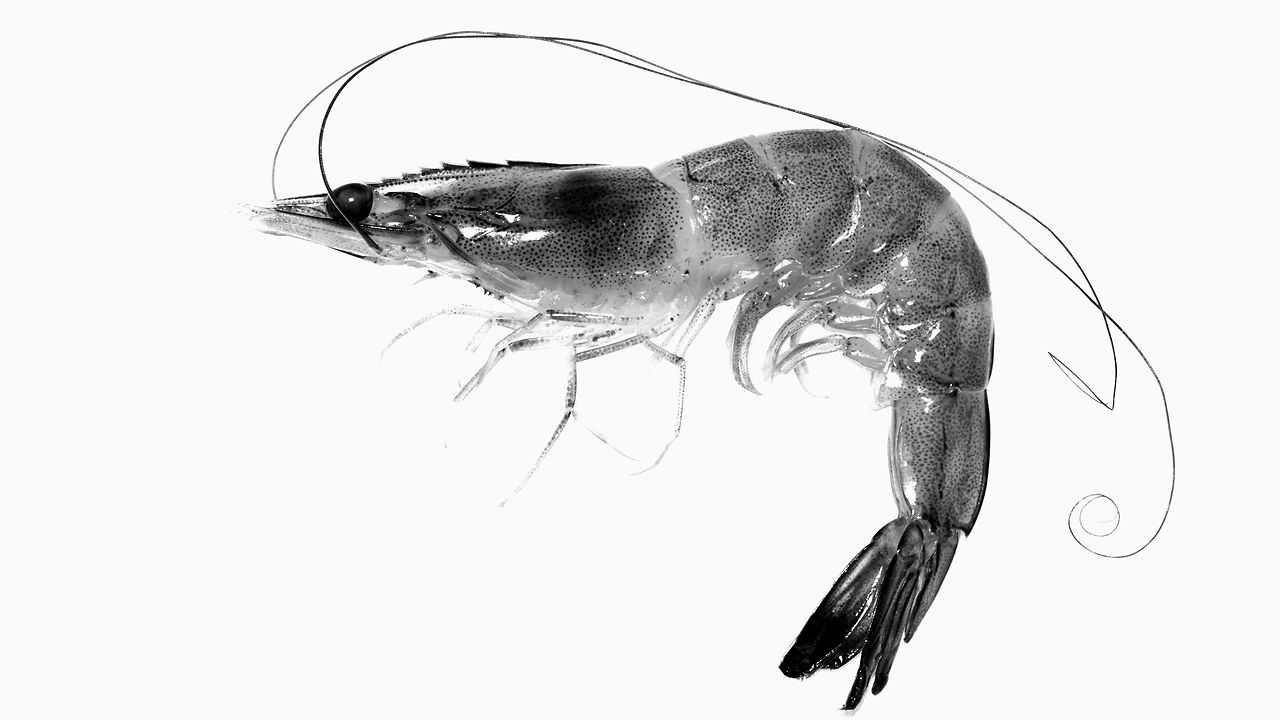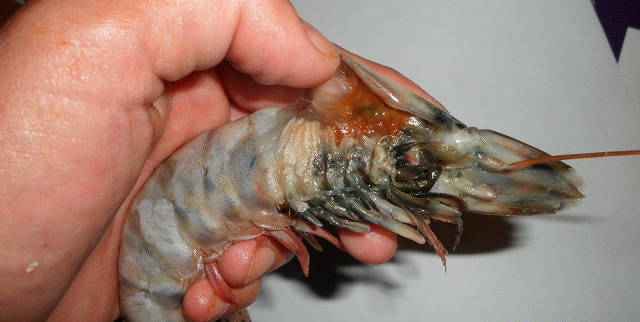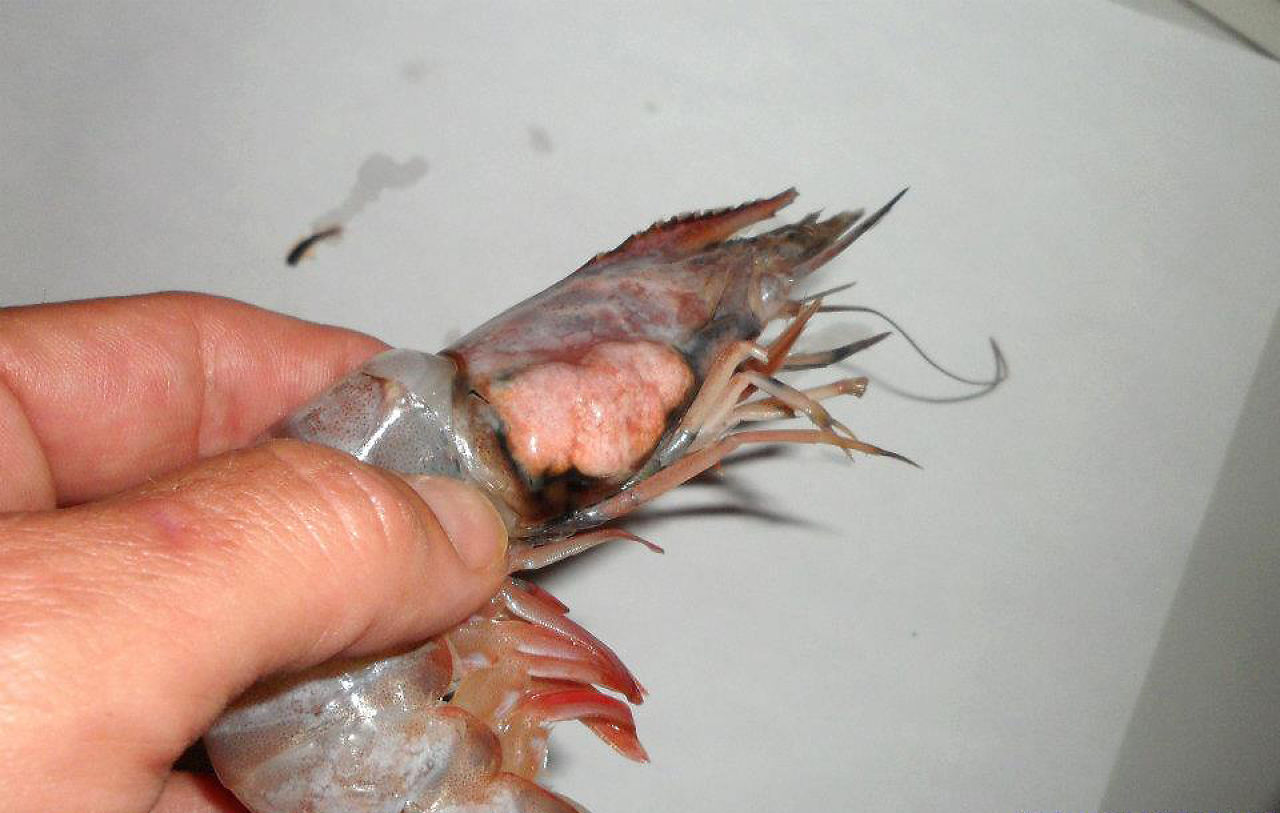 |
| This is what a Gulf shrimp is supposed to look like. Click through this slideshow to see what is being pulled out by fishermen now. The latest catches are a little less… delicious looking |
Two years later, the effects of the oil spill are still revealing themselves, this time in the form of deformed and eyeless shrimp. Take a look, if you dare.
The years since the oil spill have resulted in many potential solutions for the inevitable next rig explosion. There are math-based efforts underway to predict where the oil will go, microbes that could eat the oil, and even an effort by Intel to better manage drilling operations so they don’t malfunction in the first place.
It’s been two years since the Deepwater Horizon spill, and after a few months of wall-to-wall coverage, you haven’t heard so much from the Gulf lately. Things must be totally fine down there, we are left to think, after all the money BP has spent cleaning up the millions of gallons of oil. Sadly, that is not the case. While the oil might be mostly on the surface, a lot of it may have settled on the ocean floor, where it’s releasing chemicals into the water, and into our seafood.
As the two-year anniversary of the disaster nears, new reports are finding that all that oil--and the dispersant used to clean it up--might have been more harmful to the wildlife in the region than the public was initially led to believe. Besides an epidemic of fish infected with large lesions, shrimp have been hit especially hard. Because two or three shrimp generations have passed since the spill, the results are being felt across the population. A recent report by Al Jazeera found that shrimp were being hauled up from the Gulf with major deformities, like holes in their shells or giant tumors. There are even shrimp so mutated that they simply don’t have eyes.
And these shrimp aren’t just being put out of their misery and thrown back--they’re starting to come ashore to our tables. These photos, taken by Mac MacKenzie and publicized by the organization Bridge the Gulf, are of shrimp she found at her local grocery store. You can see large tumors, cracked shells with black rings (from microbes getting inside), and blackened gills.
Are these deformities from the spill? BP won’t comment on any particular Gulf seafood deformities, but has released a statement saying: "Seafood from the Gulf of Mexico is among the most tested in the world, and, according to the FDA and NOAA, it is as safe now as it was before the accident." Maybe they’re testing the wrong shrimp.
 |
| A giant tumor on the side of the shrimp! |
No comments:
Post a Comment